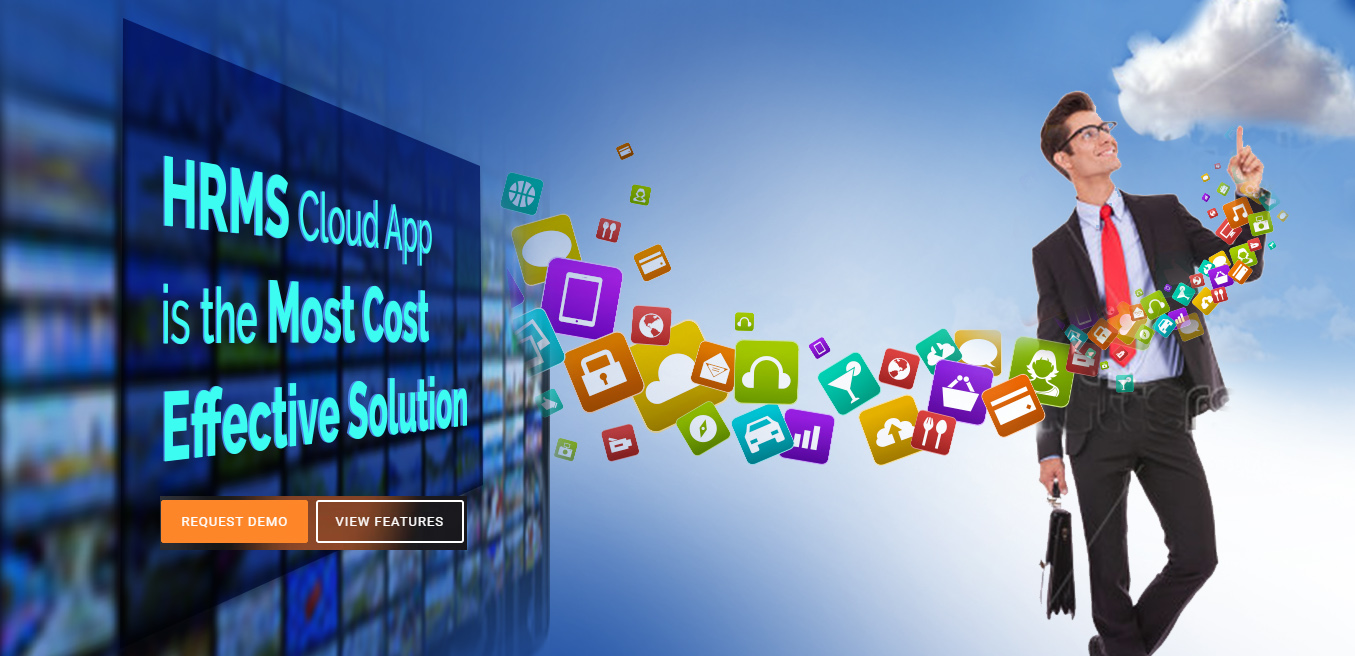Considering Biometric Solutions For Your Organization
In this Digital World security is the key issue that every individual and an organization face. The most predominant solution is the – Biometric security it could potentially be the solution. Biometric security has already been in use into our daily routines; as such many people use their face or fingerprint to open their smart devices. Take a look at the below Things to Consider Before Deploying methods for your business betterment.
1. Examine of your current infrastructure
Before you determine which biometric system to implement at your business, it will be important to Examine of your existing security infrastructure, and see how well it matches up against your ongoing security policies. Examine security will give you the chance to know and better understand your current business processes. Your employees will be happy with a biometric system, which will make training and the learning curve much easier.
2. Which biometric model is best for your organization?
When it comes to implementing biometrics in any business there is no ‘one fits all’ strategy. Every business should consider some related factors while opting a biometric model. The most often implemented biometric models are Fingerprint, Iris, Palm vein, Facial recognition, and Finger vein.
Some Factors that must be considered while implementing a biometric system include, but are not limited to: physical location, task (identification or verification), security risks, and the expected number of end users, user circumstances, and existing data.
3. Unimodal Biometric Vs Multimodal Biometric Systems
For a good security policy never rely upon one means of security as your only mode of defense. Instead, be sharp and have multiple layers of security.
Biometric term: This means having a multimodal biometric system for your business. Before you implement this biometric system, it is very important to see how well you can implement it alongside your existing security systems.
Unimodal biometric system: Captures and matches only one biometric trait resulting in an absence of potential ways to solve identification problems. Some of the limitations of unimodal biometric systems can be overcome by multiple biometric models.
Example of Biometric: Hybrid Biometric Platform is a multimodal biometrics system that supports any form of biometrics, like Fingerprint, Finger vein, Iris, and Facial recognition.
4. Biometric Hardware
This rapid innovation in biometric technology, various types of hardware are now available. Organization needs to consider all related hardware factors that may have an effect on the success of the deployment such as liveness detection capability, spoof detection capability, and mobility.
5. ROI Consideration
You can quantify your ROI if you want to do a system-wide deployment. What your ROI will be you didn’t know then you are on the risk, as well as your employee’s perspective and acceptance of the new technology. Additionally, this will provide you time to analyze how your candidates will react to the use of a biometric system.
Biometric Security Methods
1: Iris Recognition
Iris recognition technology includes a person’s eye scan. The scanner illuminates the eye with infrared light that delimit unique patterns in the iris, then they are encoded into a pixelated copy which is used for security verification.
Government Of India has launched the Unique Identification Authority of India project to register 1.2 billion residents by their iris and fingerprint biometrics. The main objective of the project is to give residents a unique identification that they can be used to access social services.
2: Fingerprints
Practically Fingerprints are unique for the security purpose. The claim that no two people can have the same fingerprint is incorrect, but at the same time even identical twins will have different fingerprints. Many Organizations now use fingerprint technology as a means to verify when an employee signs onto or out of their shift.
3: Facial Recognition
Facial recognition technology has quickly moved from a untrustworthy technology to a critical part of security systems and is growingly deployed in airports. The technology incorporates capturing a image of an individual’s face, which can be done via a video, photo or in real-time, in-turn this image can then be used to identity person.
4: Voice Recognition
Voice recognition through a microphone captures various samples of an individual’s voice which analyses key factors like intensity, dynamics, duration, and pitch. When used for a security purpose, at the point of input into a structure, a logged user will simply speak a chosen key phrase and the software will compare and in contrast its stored samples to verify the authentication.
5: Implants
All people are familiar with a use of FOB or Security key to tap their loved keywords way in and out of structure. However, that Security key can be stolen along with your security credentials.
These microchips have Near-field Communication (NFC) capabilities and can store a number of unique security signals that are transmitted when close to a security checkpoint, just like a fob.
Actually none of these biometric security methods is completely secure. Using one or more methods mentioned above would ensure that employees are retrieving data securely, but potentially this could be dangerous to personal privacy.
Winding Up
Deployment of biometric systems for digital security
This technology combined with its impartial attitude on the source of biometric data, allows it to help everyone to trust in the digital world. There are strong identification solutions with population registration, and law enforcement projects.
This attaches a great deal of assessing risks, which may not always be visible to the casual public, and to private operators’ capacity to manage such risks.


